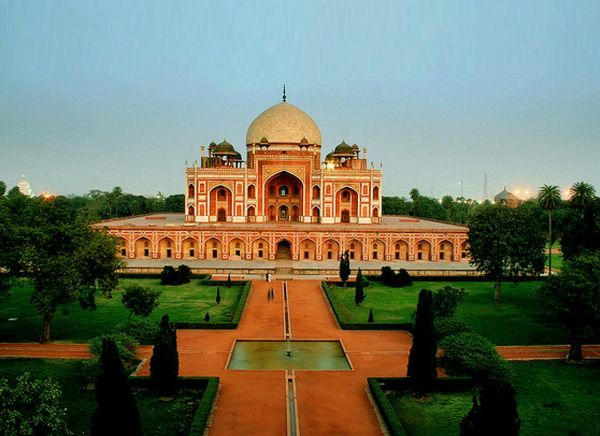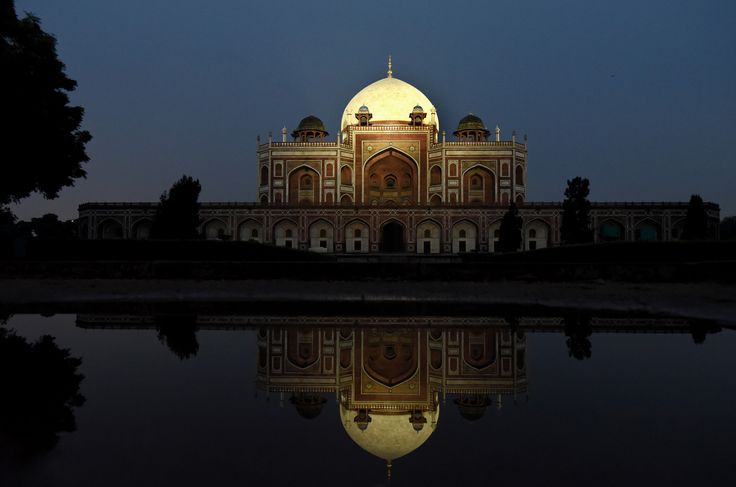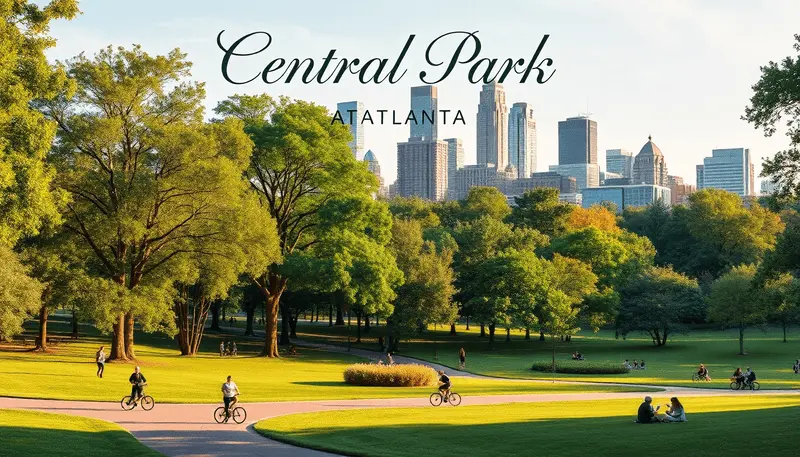Humayun’s Tomb, an architectural marvel, stands as a testament to India’s rich Mughal history. Located in the heart of Delhi, this UNESCO World Heritage site attracts history enthusiasts, architecture lovers, and tourists from around the globe. If you’re planning a visit, understanding the timing, significance, and travel tips is crucial for a memorable experience. We’ll delve into all the essential details you need to know about Humayun Tomb Timing and make the most of your trip to Humayun’s Tomb.
Best Humayun Tomb Timing For Visit
Humayun’s Tomb is open to visitors throughout the year. However, to avoid the scorching heat,better options for humayun tomb timing to visit is between October and March. During these months, the weather is pleasant, making your exploration comfortable and enjoyable.
Humayun Tomb Timing
Knowing the opening and closing hours of Humayun’s Tomb is essential for planning your visit:
- Opening Time: 6:00 AM
- Closing Time: 6:00 PM
Arriving early in the morning or late in the afternoon allows you to enjoy the site with fewer crowds and better lighting for photography.
Humayun Tomb Timing Best Option
The best option for Humayun Tomb Timing is early in the morning when it opens at 6:00 AM. This timing allows you to explore the site in the tranquil morning light, capturing the stunning architecture and intricate details with minimal crowds. Early visits also provide a cooler, more comfortable experience, making it the perfect time for photography and leisurely exploration of this historic marvel.

Ticket Information
Understanding the ticket pricing and purchasing process can save you time and hassle:
- Indian Citizens: ₹30 per person
- Foreign Nationals: ₹500 per person
- Children (up to 15 years): Free
Tickets can be purchased at the entrance or online through the official website, ensuring a smooth entry.
Exploring the Architectural Marvel
Humayun’s Tomb is not just a single monument but a complex of structures, including the tomb of Isa Khan, the Bu Halima’s Tomb and Garden, Afsarwala Tomb and Mosque, and several others. Each structure within the complex holds its unique historical and architectural significance. Learn about Fatehpur Sikri.
Key Highlights to Explore
- Humayun’s Tomb: The main attraction, an impressive structure built with red sandstone and white marble, set in a Charbagh (four-quadrant) garden.
- Isa Khan’s Tomb: Preceding Humayun’s Tomb, this octagonal tomb is set within an enclosed garden and showcases early Mughal architecture.
- Arab Serai: Once a resting place for Persian craftsmen, this area reflects the cultural exchange during the Mughal era.
- Charbagh Gardens: Symmetrically designed gardens that exemplify the Persian-style garden layout, providing a serene environment.
Tips for a Memorable Visit
To make the most of your visit to Humayun’s Tomb, consider these practical tips:
Best Photography Spots
- Early Morning Light: Capture the tomb’s beauty with the soft, golden light of sunrise.
- Symmetry and Reflections: Utilize the symmetrical design and water channels for stunning reflections.
- Detail Shots: Focus on the intricate marble and sandstone carvings for close-up shots.

Travel Essentials
- Wear Comfortable Shoes: The complex is vast, and comfortable footwear is essential for a hassle-free exploration.
- Carry Water and Snacks: While there are no eateries inside, carrying water and light snacks can keep you hydrated and energized.
- Respect the Heritage: Follow the guidelines and respect the historical integrity of the site.
Nearby Attractions
Delhi is a city rich in history and culture. After exploring Humayun’s Tomb, consider visiting these nearby attractions:
- India Gate: A war memorial located about 4 km from Humayun’s Tomb.
- Qutub Minar: An ancient minaret and a UNESCO World Heritage site.
- Lotus Temple: A Baháʼí House of Worship known for its flower-like shape.
- Lodhi Gardens: A historic park offering a peaceful retreat amidst Mughal-era tombs.
Conclusion
Humayun’s Tomb is more than just a burial site; it’s a journey through time, reflecting the grandeur of the Mughal dynasty. By understanding the Humayun Tomb timing, significance, and practical tips, you can ensure a fulfilling and memorable visit. Whether you’re a history buff, an architecture enthusiast, or a casual traveler, Humayun’s Tomb offers a glimpse into the past and a serene escape from the bustling city life. Also Learn about Red Fort Delhi.



